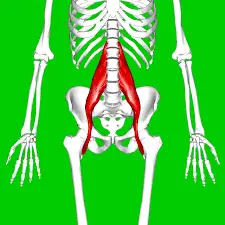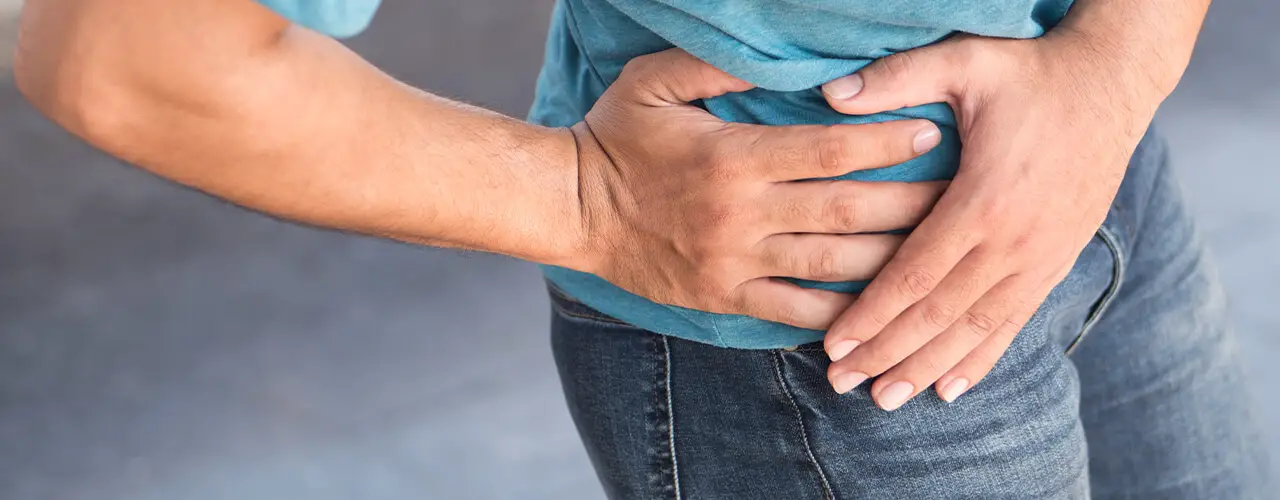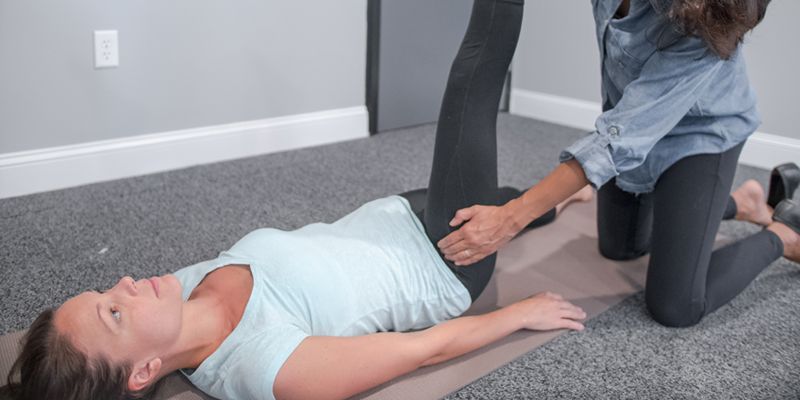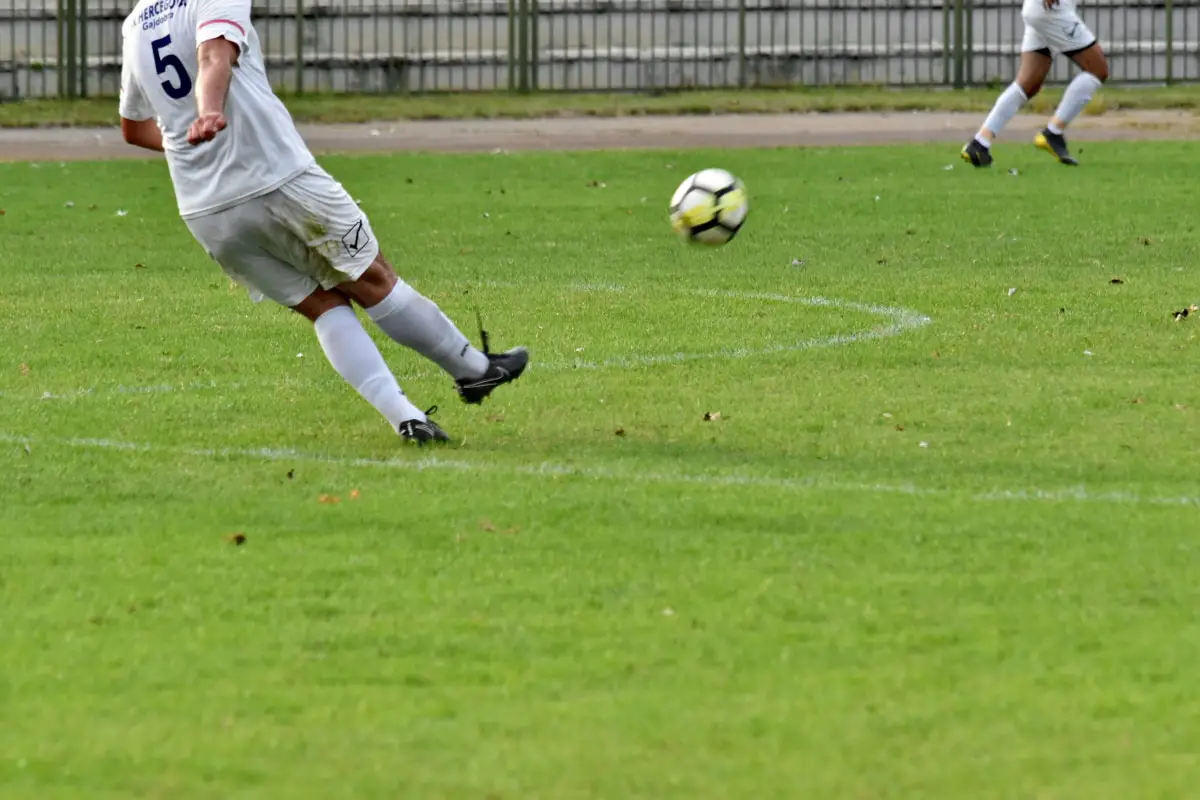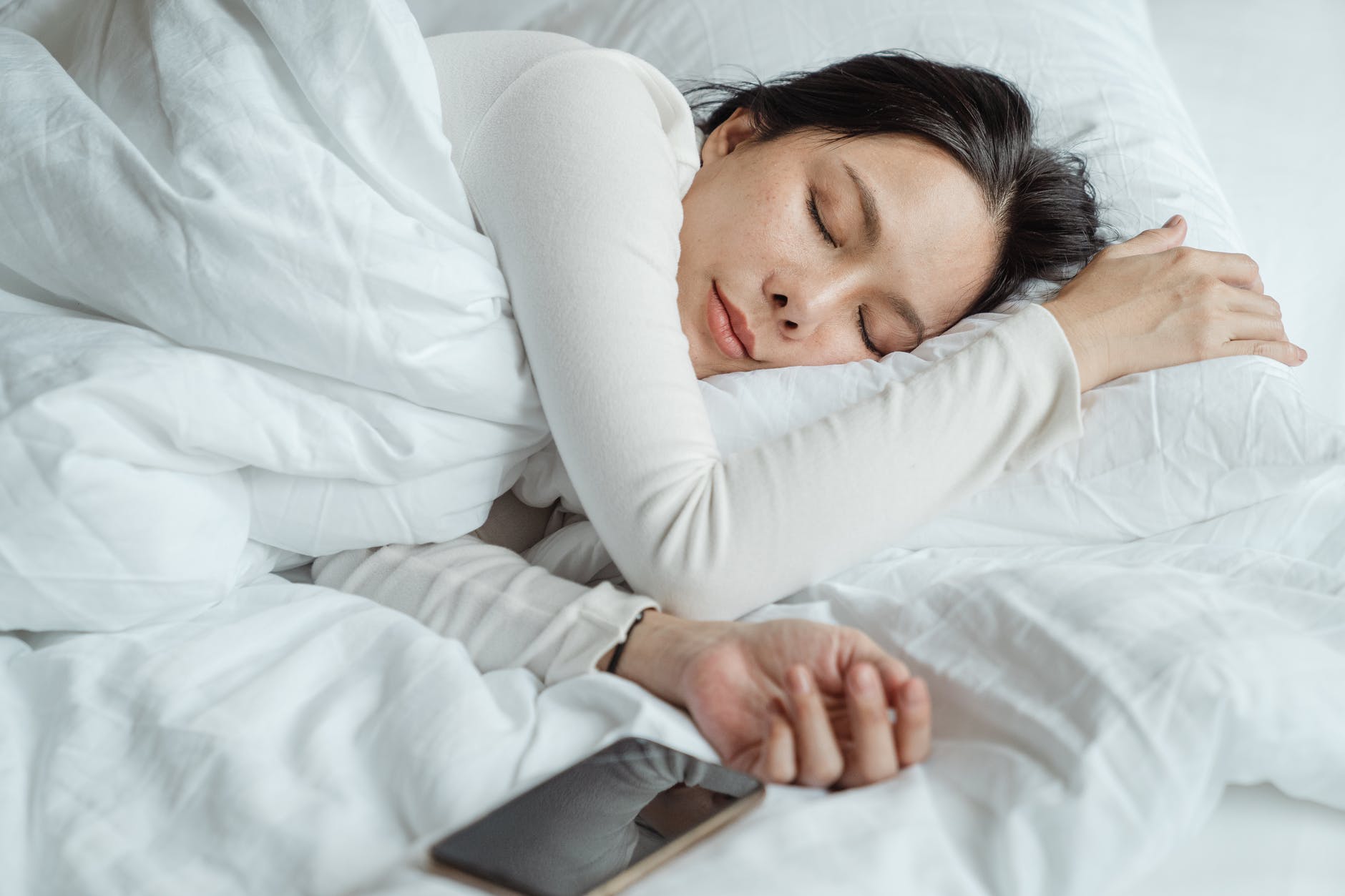When you suffer from back pain, it is important to look at the integrity of the psoas muscle because it could participate in the pain syndrome.
Similarly, damage to the psoas can radiate to the back and cause lower back pain. This is explained in particular by the anatomical proximity that connects these two regions of the body.
What are the other links explaining the relationship between psoas and back pain? How can this relationship be verified so that an appropriate treatment plan can be established? We explain it in this article.
Short anatomical reminder: Psoas and lumbar region
To fully understand the link between psoas and back pain, one must review the anatomy of the lower back, hips, and pelvis region.
Le psoas designates to a muscle group which is located in the posterior part of the abdomen. We often talk about iliopsoas ou iliopsoas.
The psoas originated from vertebrae T12 to L5, and attaches to the lesser trochanter of the femur. Basically, it's the only muscle in the human body that attaches the thigh to the trunk.
Its main role is hip flexion (bringing the knee towards your shoulder). It also has other roles involved in hip movements, and trunk stability.
Le Lumbar spine, meanwhile, is located in the lower back and is made up of five vertebrae, which are bones that make up the spine (along with the cervical and dorsal vertebrae). The vertebrae are stacked on top of each other and are separated by intervertebral discs.
The column lumbar is responsible for supporting most of the body weight and supporting lower body movement. It is also vulnerable to injury due to its location, the structures that attach to it, and its function.
Link between psoas and back pain
Here are some reasons why back pain could be caused by a malfunctioning psoas muscle:
- Muscle imbalance: The psoas muscle is closely related to the stability and alignment of the pelvis and spine. A psoas contracture can create a muscular imbalance, pulling the pelvis forward and causing excessive lumbar lordosis (an accentuated backward curvature). This can lead to excessive strain on the lumbar vertebrae, intervertebral discs, and surrounding structures, causing lower back pain.
- Irritation of nerve structures: When the psoas is contracted and tense, it can put pressure on nearby nerve structures. This can lead to pain that spreads to your lower back, buttocks and legs, similar to a cruralgia.
- Altered posture: A psoas contracture can affect overall posture by causing the pelvis to tilt forward. This can lead to poor weight distribution and overload on the spine, which can lead to back pain.
- Impact on movement and stability: The psoas is involved in many body movements, including hip flexion and core stabilization. When overstretched or contracted, it can restrict normal movement of the pelvis and trunk, which can lead to excessive tension and pain in the lower back region.
How to make an accurate diagnosis?
The diagnosis of back pain is quite common. It combines clinical examination and medical imaging examinations (such as a scanner or an MRI).
The question is whether psoas dysfunction could be involved in back pain, and participate in the symptoms.
The diagnosis of psoas involvement, on the other hand, is a little more complex. Your doctor will probably start by asking you what your symptoms are and when they started. They will also perform a physical examination, which may include the following:
- The search for tension and muscle spasms ;
- Assessment of muscle strength
- Assess range of motion of the hip;
- Check for swelling or bruising.
Here is a test to determine if the psoas lacks flexibility. It's about Thomas test. This is a test normally done by healthcare professionals, but you can try it yourself:
Thomas test
- Lie on your back at the end of the table.
- Using your arms, bend your hip so that your left knee is brought towards your chest.
- Observe your lower limb on the right side. Your leg should be flat on the bed. If it is elevated, this can be interpreted as retraction of the hip flexors (including the psoas).
- Repeat the same on the other side to assess the left lower extremity.
If your doctor is unable to clarify the diagnosis, they may also order imaging tests, such as an MRI of the psoas.
In particular, these tests can help rule out more serious damage such as psoas tear, abscess, hematoma, etc.
THINGS TO DO
If you have a lumbar hyperlordosis (an exaggerated hollow in your lower back), you may be told that your psoas muscles are in the short position.
For what ? Because the psoas attaches in front of the trunk and the pelvis, and its retraction could create an anteversion of the pelvis (tilting of the pelvis forward), and thus increase the lumbar lordosis (the hollow in the lower back).
The antagonist muscles (opposed) to the psoas are the glutes and hamstrings (because they attach to the back of the pelvis, unlike the psoas which is in front).
If we go back to the previous explanation, we can conclude that a weakness of these muscles would also contribute to lumbar hyperlordosis. In this case, these back muscles would not be strong enough to hold the pelvis in retroversion (tilt backwards), which would increase the hollowness in the lower back.
This imbalance would result in a condition called “Lower-Crossed Syndrome”.
With this in mind, people with lumbar hyperlordosis are often recommended to combine stretching of the hip flexors with work to strengthen the posterior chain. This would rebalance the forces on the pelvis, reduce lumbar lordosis, and place the pelvis more in a neutral position.
Lack of psoas flexibility
If the psoas muscle lacks flexibility (it is then said to be "stiff" or "hypertensive"), the surrounding muscles and structures overcompensate, and back pain can result. As a reminder, we can highlight a lack of flexibility of the psoas thanks to the thomas test explained above.
With this in mind, psoas stretches should be considered. You have to make sure that these stretches are progressive and adapted.
For examples of psoas stretches, see the following article.
What if it was a lack of strength?
A psoas muscle is not always stiff. In some cases, it may be weak, especially on one side more than the other. In this context, it would be preferable to STRENGTHEN the psoas (and not stretch it!) in order to correct the muscular imbalances possibly related to back pain.
Indeed, if you have stretched your psoas over and over again without success, it is possible that your psoas is weak and not stiff!
A weakness of a muscle can in the long run be likened to a feeling of stiffness. Patients, in this case, make the mistake of doing excessive stretching, when it is better to opt for specific strengthening.
Of course, symptoms should be reassessed regularly to determine if this strategy is providing beneficial results.
What other treatments should you consider?
In addition to the solutions presented above, the following modalities can be used to correct back AND psoas pain. It should be noted that some treatments are not scientifically proven, although they often bring significant benefit to the patient:
- medications
- physiotherapy and osteopathy
- heat and ice
- cupping (therapy by suction cup)
- needle under the dermis and acupuncture
Do not hesitate to consult a health professional for appropriate care.
What about natural remedies?
Although they are not supported by solid scientific evidence, several natural products and home remedies are used to treat psoas pain and lower back pain, especially for their anti-inflammatory power.
Here is a non-exhaustive list of plants and essential oils that are effective in controlling pain and inflammation. The products are available on the site Country. Use promo code LOMBAFIT15 if you wish to obtain one of the following products, or any remedy aimed at relieving your symptoms and improving your quality of life:
- Turmeric. Thanks to its antioxidant and anti-inflammatory powers very powerful, turmeric is one of the most used plants in a culinary and therapeutic context. The composition of turmeric is essentially made of essential oils, vitamins (B1, B2, B6, C, E, K) and trace elements. But it is to its composition rich in curcumin and curcuminoids that we owe them and calm skin of this spice.
- Ginger. In addition to the special flavor it brings to the kitchen and its aphrodisiac properties, ginger is a root well known for its anti-inflammatory powers. the gingerol gives it its anti-inflammatory action. It is an active component acting on the inflammatory pain related to chronic joint inflammatory diseases, including rheumatoid arthritis, lupus, rheumatic diseases, etc. It has been proven that this active element is also effective in acting on the inflammation linked to arthritis and sciatica. Ginger also has other benefits thanks to its high potassium content and its richness in trace elements (calcium, magnesium, phosphorus, sodium) and vitamins (provitamin and vitamin B9).
- Omega-3s. Omega-3s are polyunsaturated fatty acids that play a very important role in the functioning of our body. They are provided by food in three natural forms: docosahexaenoic acid (DHA), alpha linolenic acid (ALA) and eicosapentaenoic acid (EPA). Beyond their action on the brain and the cardiovascular system, omega-3s prove very effective against inflammation. Indeed, they have the ability to act on the inflammatory mechanisms in osteoarthritis by slowing down cartilage destruction, thus they reduce the intensity of osteoarthritis pain. Sciatica, being most often linked to an inflammation secondary to a herniated disc, it can also respond to omega-3 provided it is consumed regularly.
- Lemon eucalyptus. Eucalyptus is a plant most often used in the form of herbal tea or essential oil. She would have anti-inflammatory effects which give it the ability to act on the bone and joint pain in general and the pain of sciatica in particular.
- wintergreen. Wintergreen is a shrub from which a very interesting essential oil is extracted. It is one of the most used essential oils in aromatherapy. This oil extracted from the shrub bearing the same name, is used in massage to relieve sciatica and act like a analgesic. Indeed, it provides a heating effect thanks to its ability toactivate blood circulation locally.

